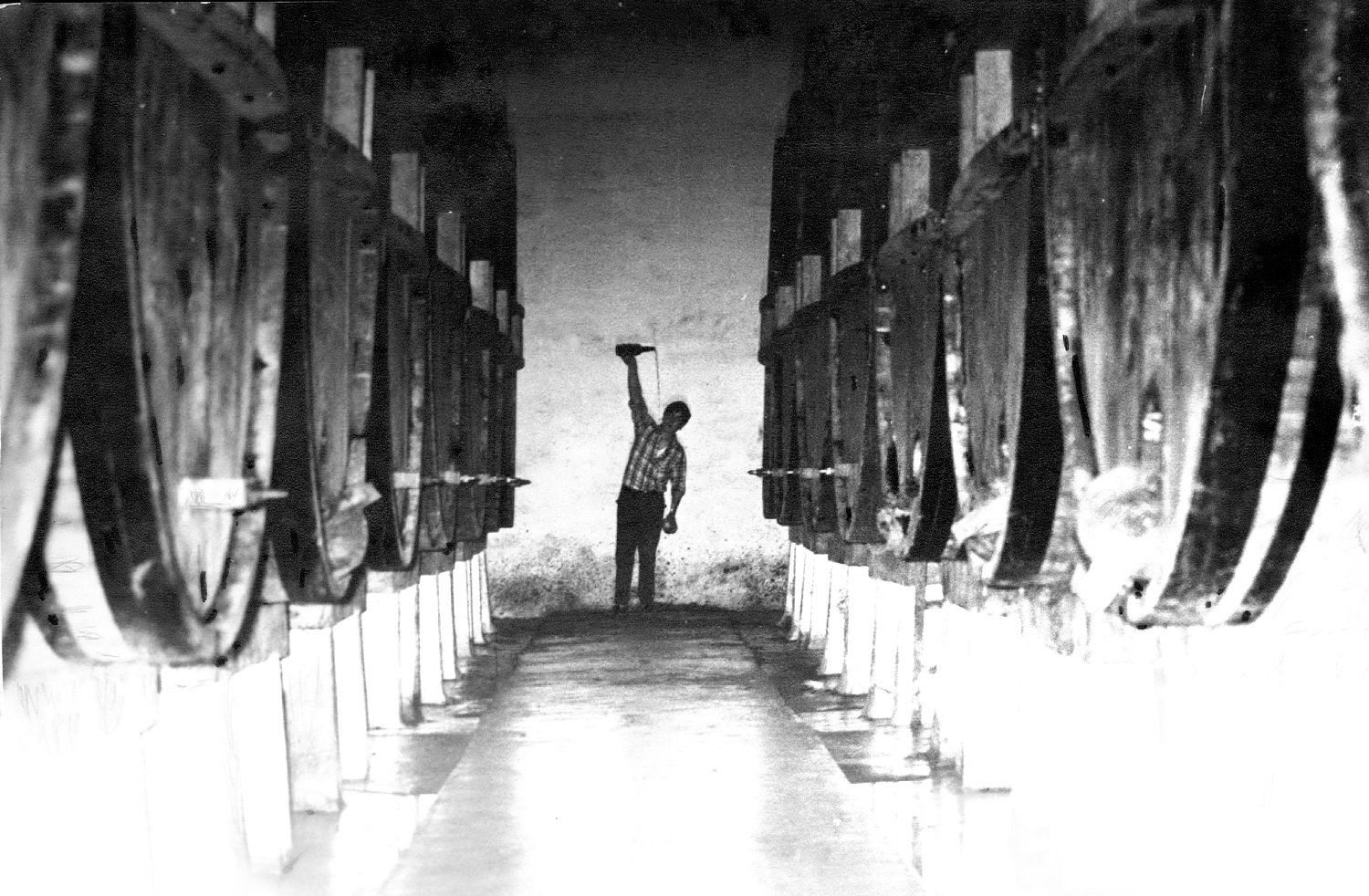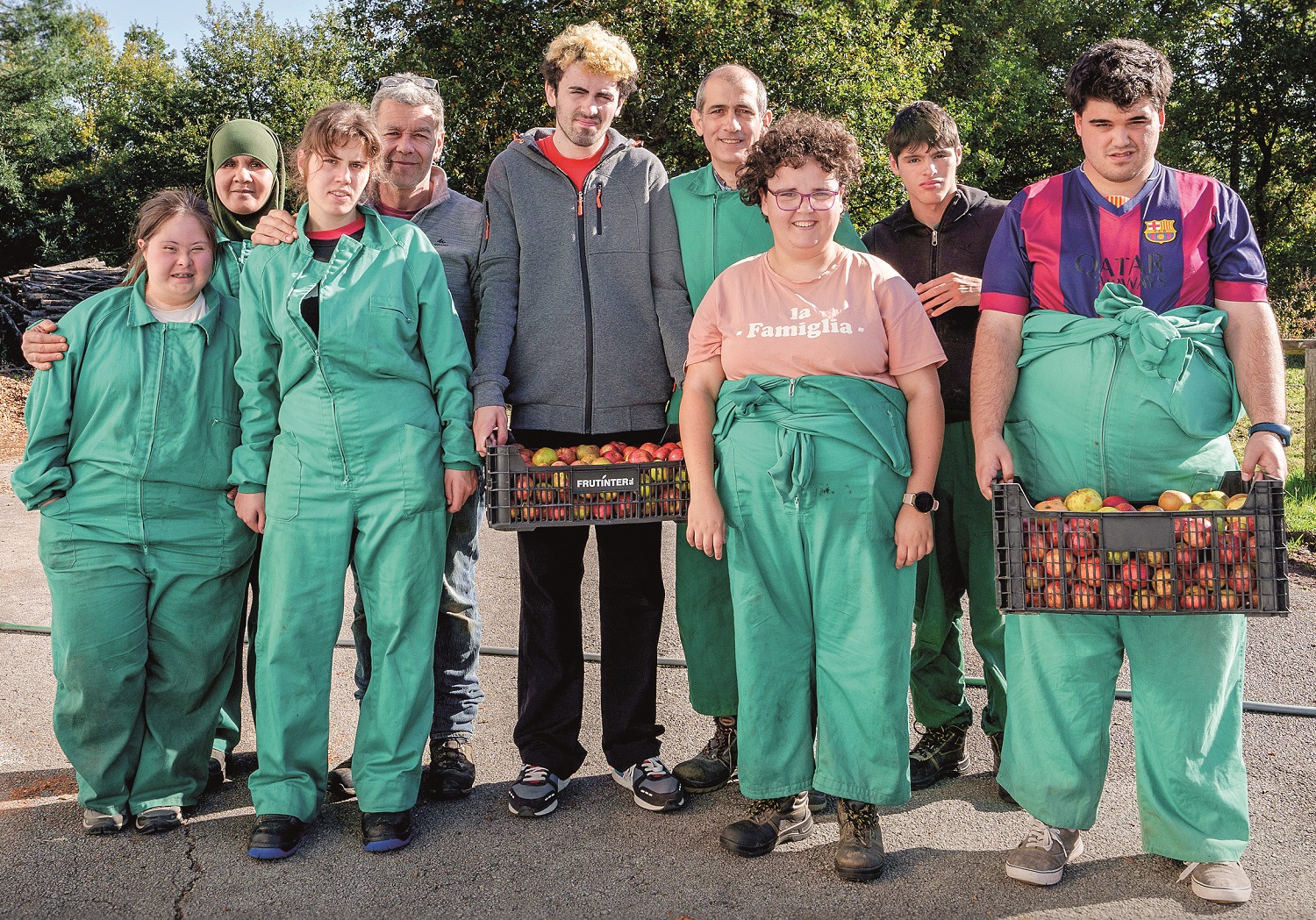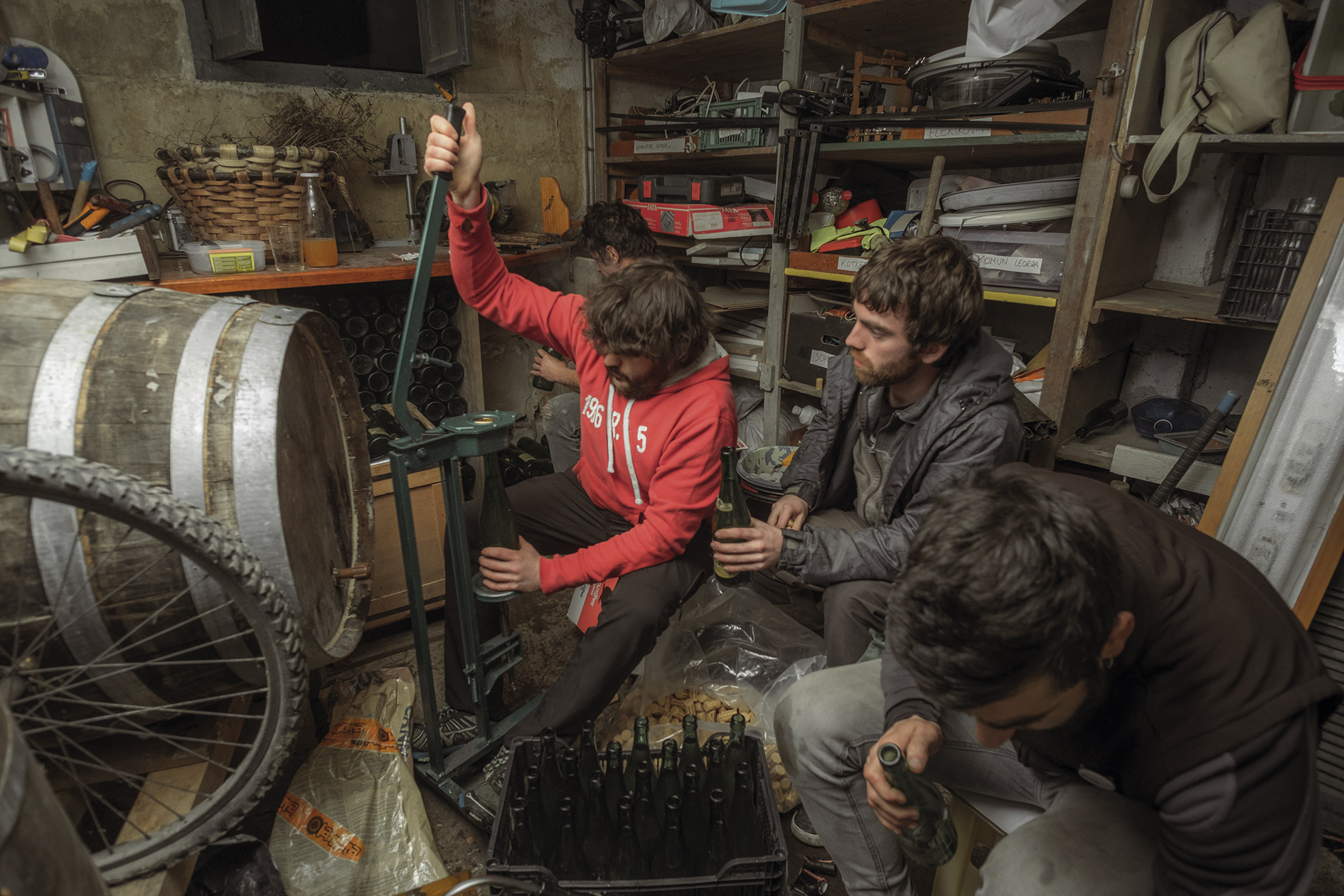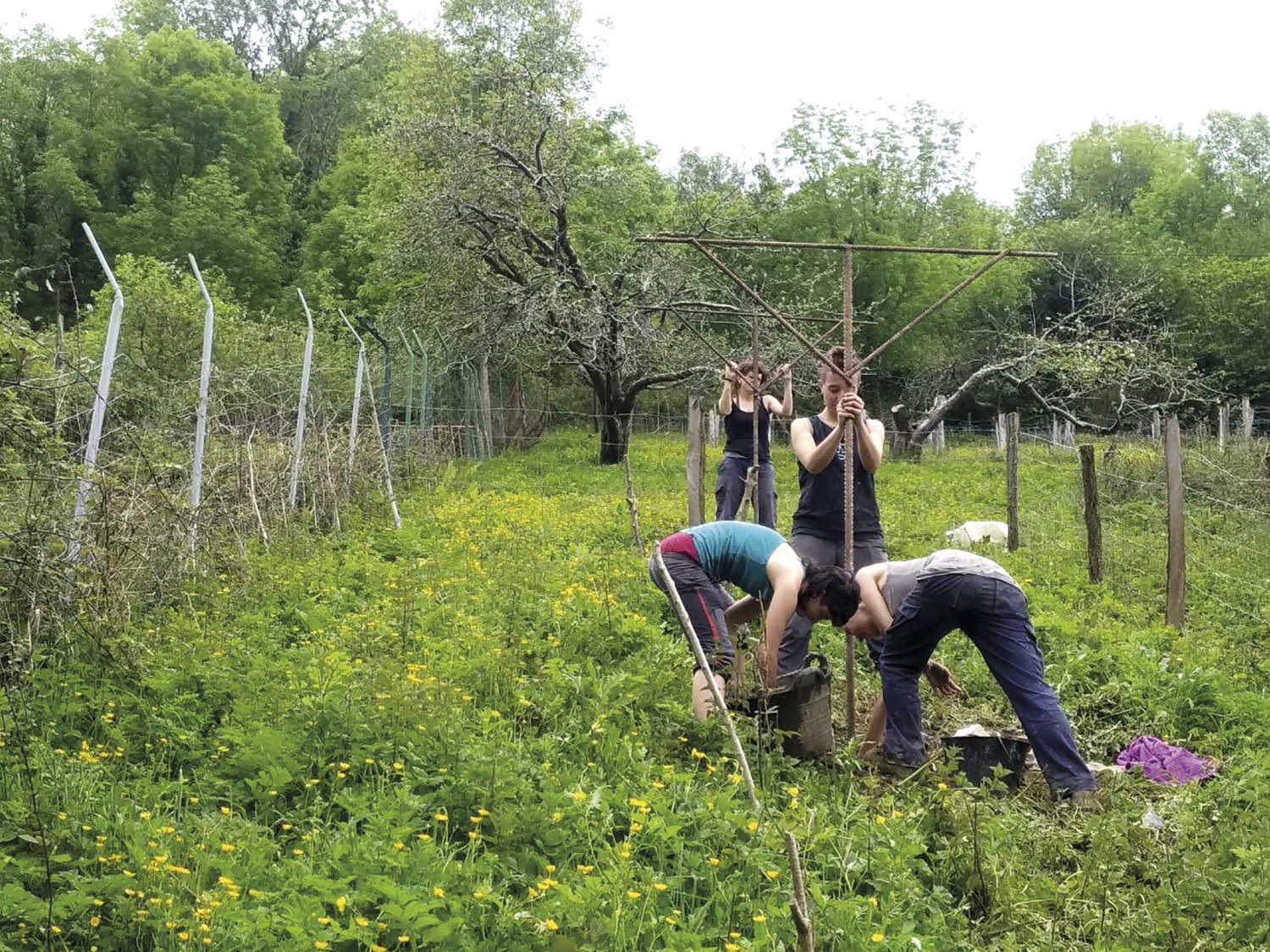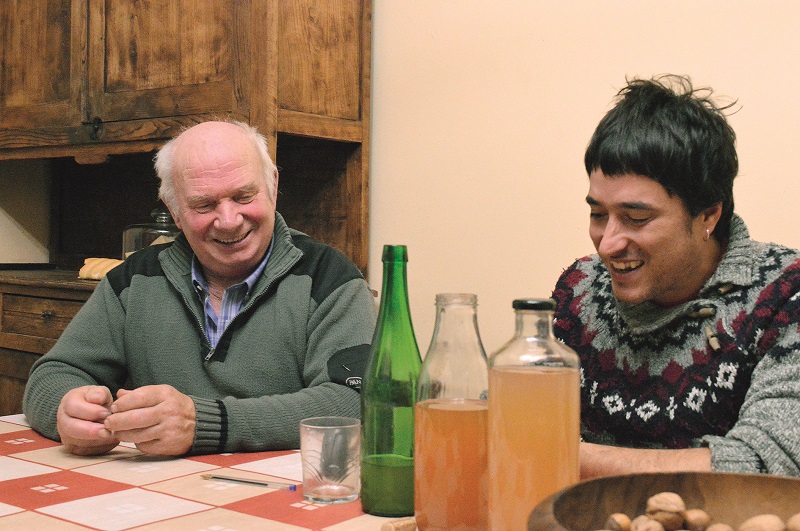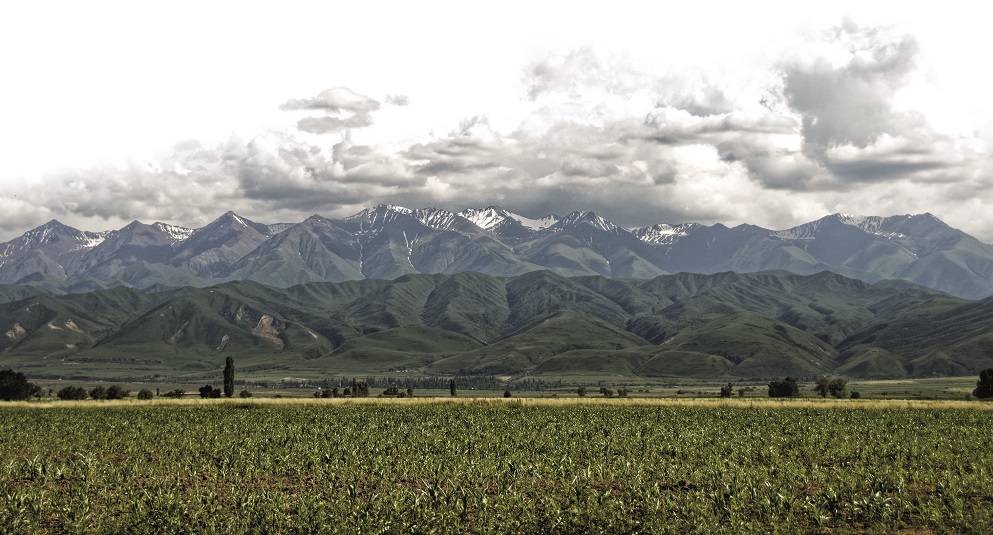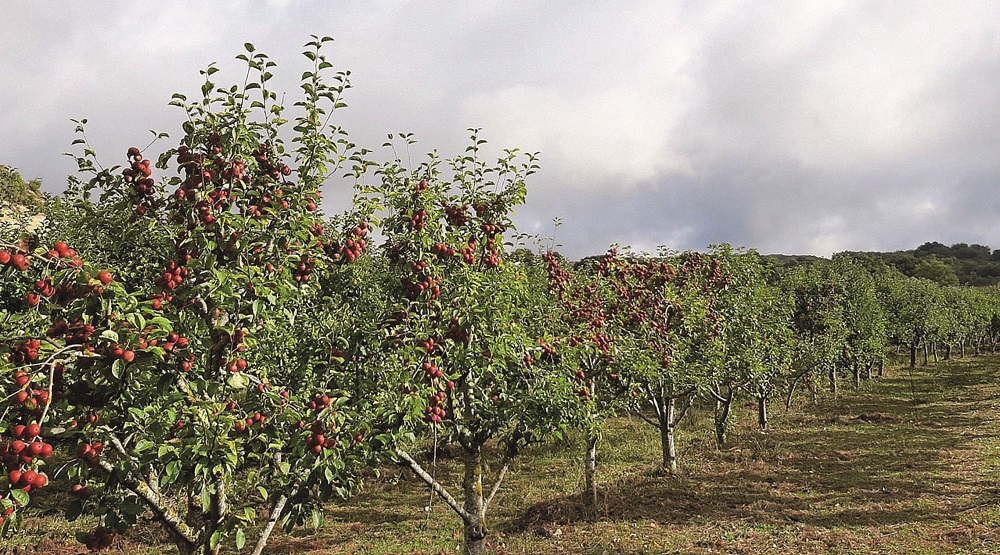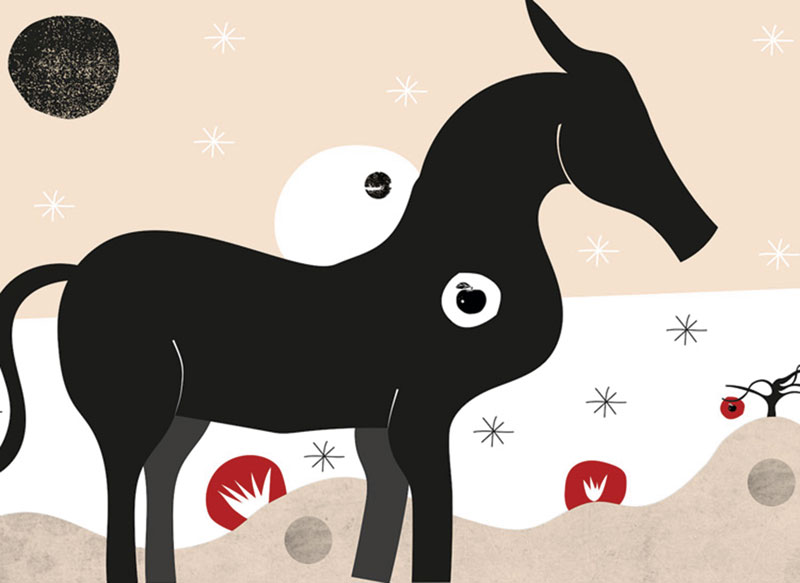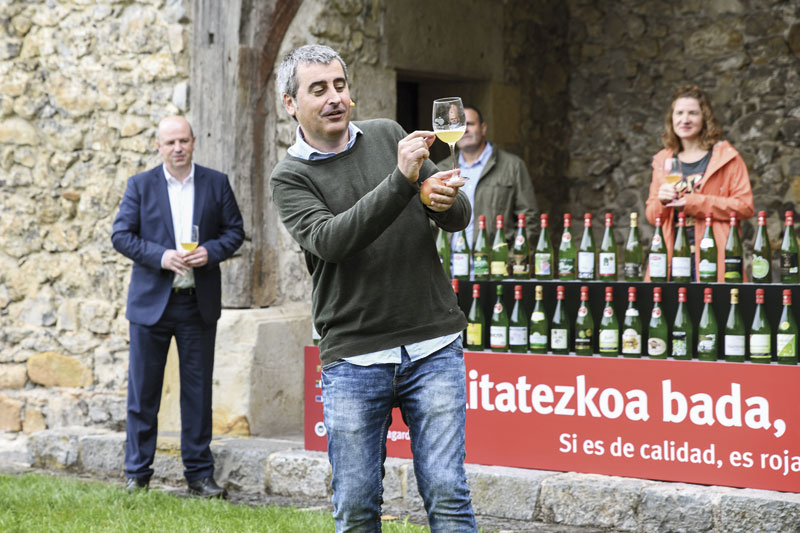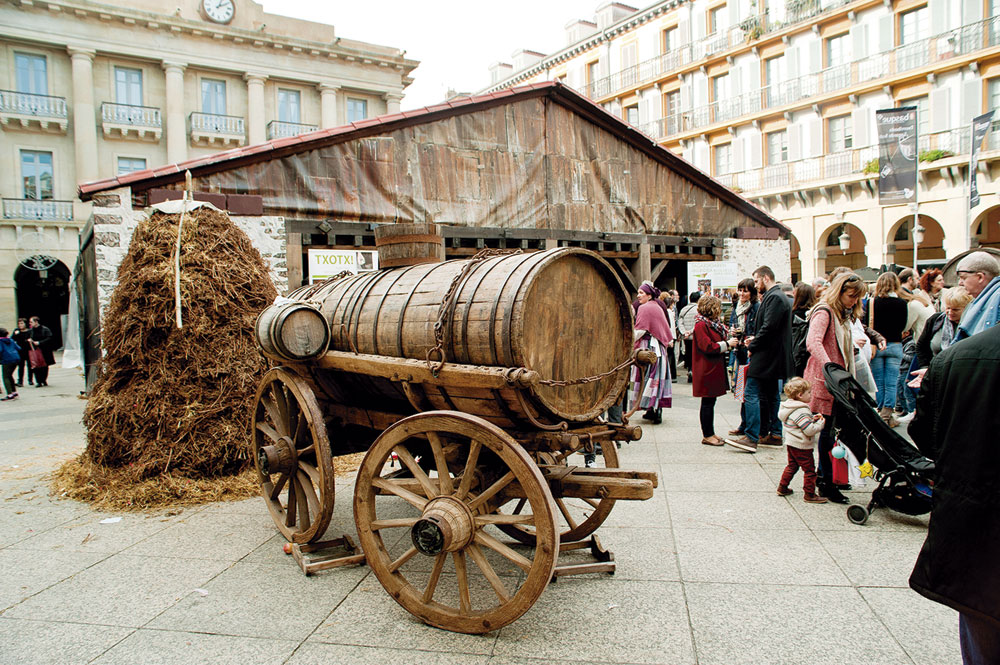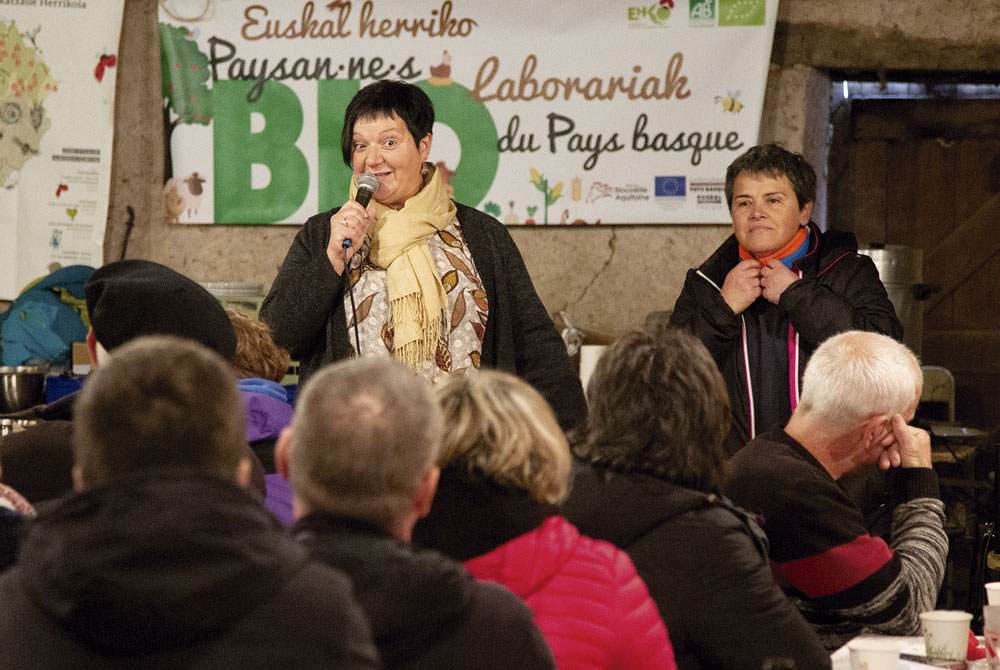The apple, the treasure of the Basque Country
- The apple is one of the great treasures of the Basque Country, which has developed, improved and reached us for centuries in the villages and manzanales here. Along with her, cider, who for thousands of years has been her travel companion. We have a great wealth of unique and special apples for ciders: salads and arrows.
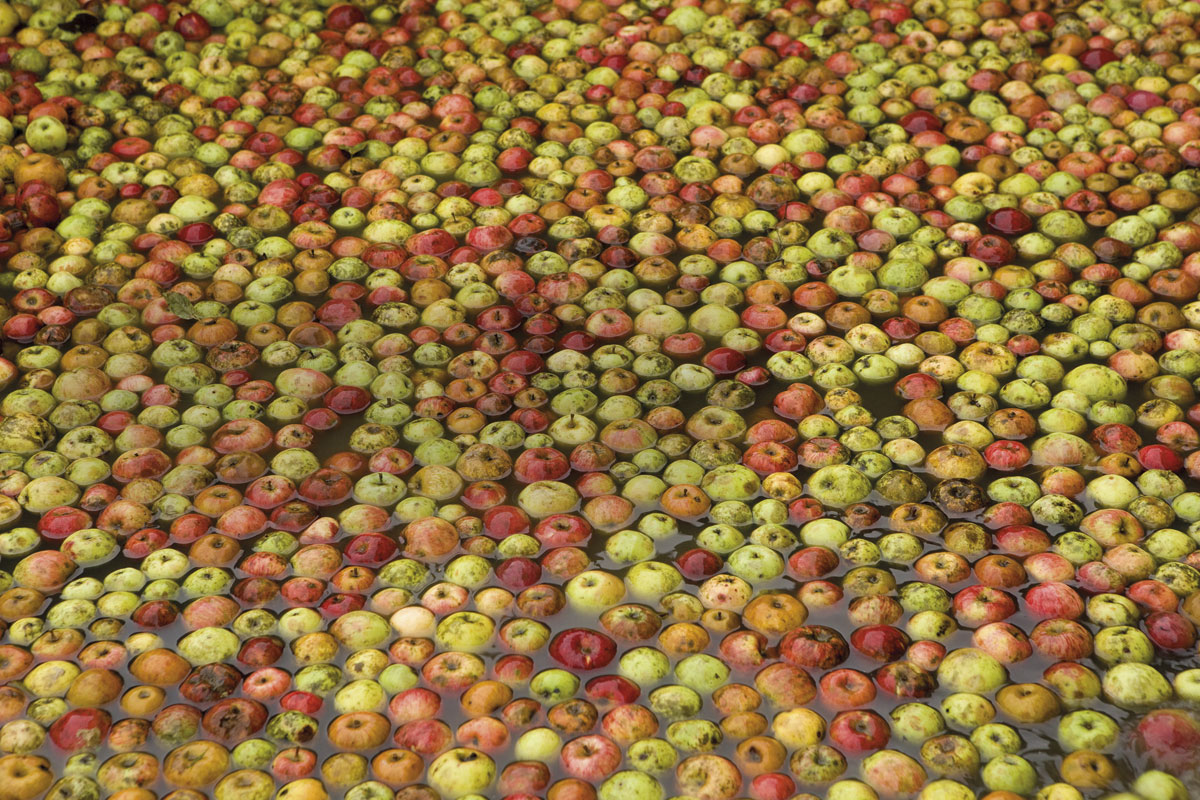
Each type of apple has given our cider smell, color, taste, spark, complexity, not only today, but also in the future.
The Euskal Sagardoa Designation of Origin focuses on valuing this treasure, as its raw material offers the consumer a quality and unique product. For this purpose, the apple and cider sector, together with the administrations and the other agents, are developing a comprehensive strategy. Today, in addition to having a complete plan to better care for native chamomile, there is the possibility of planting new chamomile until producing the entire apple needed by the sidrerías of the Basque Country. Likewise, various projects have been put on the table to create a quality apple and achieve more balanced harvests, from the hand of the Basque Country Sagardoa.
Euskal Sagardoa has recognized 115 varieties of apples for the manufacture of cider with Designation of Origin. This is the main aspect that distinguishes the other designations of origin. Being the brand that unites Gipuzkoa, Bizkaia and Álava, the apple varieties of each area and area have been respected. The 24 varieties of apples are the most used (list at the end of the text).
Quality as an objective
In addition to the care of apples and the proper management of the types of apples, the appropriate facilities and works of the cider directly affect the quality of the cider. The Designation of Origin has been working for years to obtain quality ciders and to properly designate and commercialize them.
In addition to the care of apples and the proper management of the types of apples, the appropriate facilities and works of the cider directly affect the quality of the cider.
The trajectory of the sector in recent years has left in motion three routes: the production of apple, which is again gaining strength and great importance; the cider, from the hand of the Euskal Sagardoa of the bottle; and the one dedicated to txotx. The three paths have to be adapted to the new times and the current situation. This has been confirmed by the sector, which is taking several steps. But the focus of all this is the Basque Country Sagardoa, which the product that will be marketed must be the engine of the sector, and that must be worked out and put in value. This has been a major change in the strategy of Basque Cider, which requires its time and adaptation, but which is immersed and evolving in the sector.
The time to discuss how to market
Throughout this journey, the main challenge is marketing. The Sidra Regulatory Council, with the impetus of the quarries, is developing this path that allows a better dissemination and positioning of the same. The main challenges are having a wide range of Sidra Vasca in stores, having Euskal Sagardoa cards in bars and restaurants, promoting direct and online sales or influencing exports. But in addition, Euskal Sagardoa needs other consumptions and presentations: more rested drink in the cup, cans or small bottles, adapted to current consumption, experience of renovated txotx, etc.

Unified Online Sales
One example of this is Internet sales, which has been accelerated by the situation we are currently experiencing. The online sales platform of almost all Basque ciders is underway via the website www.euskalsagardoa.eus. The consumer has at his disposal dozens of Basque Sidras, without having to travel anywhere. They can be purchased in a box or in a mixed box, so that consumers in the area will not only be able to taste the different Basque Ciders, but also those from all over the world.
The global revolution
The cider sector is experiencing a great revolution along this road: to properly design the chamomiles (types of apple, grafts, elaborations…), to design the different types of Basque Cider (red champion, premium cider, ecological, of a specific apple, of a single or two varieties, raised in time and/or wood…), to diversify in the product (natural musts, ciders, vines…), bottles of wine.
The revolution of other products has therefore reached the cider, and all this has to be led by Euskal Sagardoa, which today is the only future.
Properties and low alcohol content
Cider is part of a global boom, and what makes our Basque Sidra so important in this revolution? Let it be a completely natural product. Cider has many properties that the apple has, and a low alcoholic strength, like other beverages. This does not mean that all the factors favor it, since these types of ciders are not well known outside the market of the Basque Country, and in some places they are not. The function of the sector is to work out all that potential, to explain to people what is behind every cup of cider they drink, to adapt it to new forms of consumption and to explore new markets.
24 main varieties of apples
Salted or acidic
Errezila
Goikoetxe
Txalaka
Urte haundi
Frantzisko sagarra
Bostkantoi
Haritza
Azpeiti sagarra
Manttoni
Ibarra
Arrows
Patzuloa
Amarga Patzuloa
Pera
brown
Txori Sagarra
Sweet peppers
Moko
Limoi
Merabi
Mokote
One
year Txiki
Saltxipi









